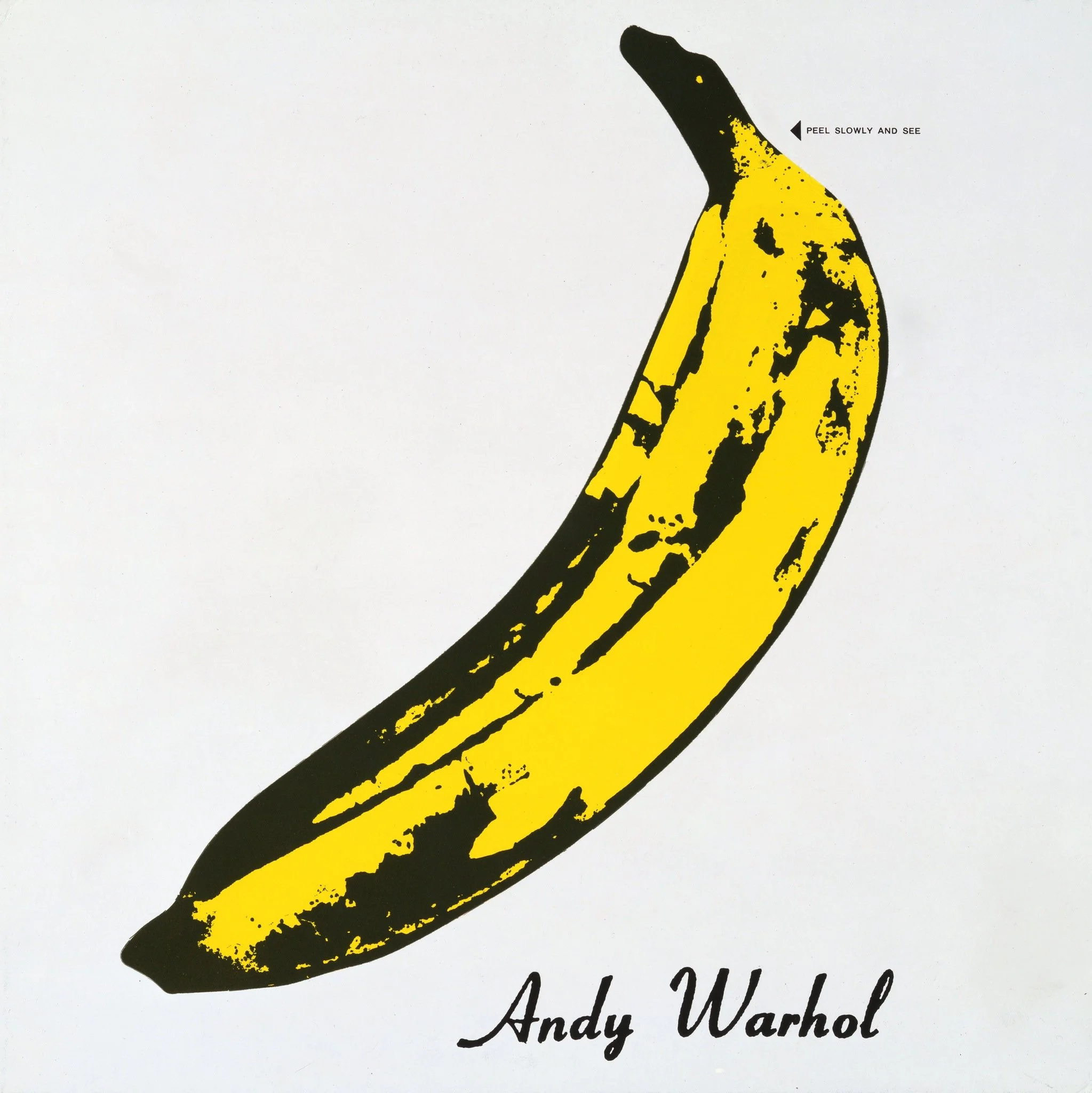The Influence of Rococo, Pop Art, and Surrealism on My Art Style: A Fusion of Elegance, Play, and Imagination
THE SWING, FRAGONARD
ROCOCO: eLEGANCE, WHIMSY AND DECORATIVE BEAUTY
The Rococo era, an artistic movement that emerged in France during the early 18th century, has always intrigued me. Known for its lavishness, intricate detailing, and lighthearted themes, Rococo set the stage for a new way of viewing beauty and the world. As an artist, I find myself constantly inspired by its key elements, from the fluidity of its forms to the emphasis on emotion and individuality.
WHY ROCOCO RESONATES WITH ME
Rococo, which emerged in France during the early 18th century, was known for its light, ornamental, and playful style. It is an art movement that celebrates grace, beauty and a sense of fantasy. The emphasis on decorative elegance and whimsy has influenced how I approach my compositions. I find inspiration in the way artists used light, soft colors and fine details to create dreamlike atmospheres. I embrace these elements in my own artwork.
Pop Art: Bold, Bright, and Playfully Subversive
Pop Art, which emerged in the mid-20th century, brought a dramatic shift in how art engaged with popular culture. Artists like Andy Warhol, Roy Lichtenstein, and Richard Hamilton infused their work with bold colors, mass-produced imagery, and references to consumerism, media, and celebrity. This movement was a reaction to the elitism of traditional art, embracing the everyday and challenging what was considered "high art."
Why Pop Art Inspires Me
Pop Art has had a profound impact on my work by teaching me to blend high art with low culture, breaking boundaries and embracing both the mundane and the extraordinary. I’ve always been fascinated by how Pop artists took ordinary objects—like soup cans, comic strips, and advertisements—and elevated them to iconic status. This idea of transforming everyday imagery into art speaks to me, as it encourages me to explore the things that are often overlooked or dismissed as trivial.
The bold colors and graphic style of Pop Art have also influenced how I use color and composition. Where Rococo inspired softness, Pop Art brought me into the realm of high contrast and vibrant, unapologetic hues. I love the energy and boldness that comes with using flat, saturated colors in unexpected ways.
Surrealism: The Dreamlike Exploration of the Unconscious
Surrealism, which began in the 1920s with artists like Salvador Dalí, René Magritte, and Max Ernst, is an art movement that sought to challenge the boundaries of reality and logic. Inspired by the works of Sigmund Freud and the exploration of the unconscious mind, Surrealism gave birth to dreamlike imagery, bizarre juxtapositions, and a fascination with the irrational.
How Surrealism Shapes My Work
Surrealism has profoundly shaped how I think about the relationship between reality and imagination. It pushed me to question how I depict the world around me and to explore the unconscious, the mysterious, and the irrational. The ability to transform the ordinary into the extraordinary — to present things in unexpected, disorienting ways — has influenced my approach to composition and subject matter.
For example, in my own work, I often juxtapose surreal elements with more familiar imagery, creating a sense of wonder and unease. Like the Surrealists, I believe that art can unlock the hidden layers of the mind, inviting the viewer to explore dreams, desires, and emotions. I use distorted perspectives, unusual proportions, and fragmented forms to suggest an alternate reality — one where the boundaries between the real and the imagined blur.
Surrealism’s fascination with symbols, the subconscious, and the irrational encourages me to explore the deeper meanings behind everyday objects, seeking out hidden narratives in the most unexpected places. Whether through dreamlike scenes or symbolic imagery, Surrealism pushes me to break free from logical constraints and embrace the fantastical.



